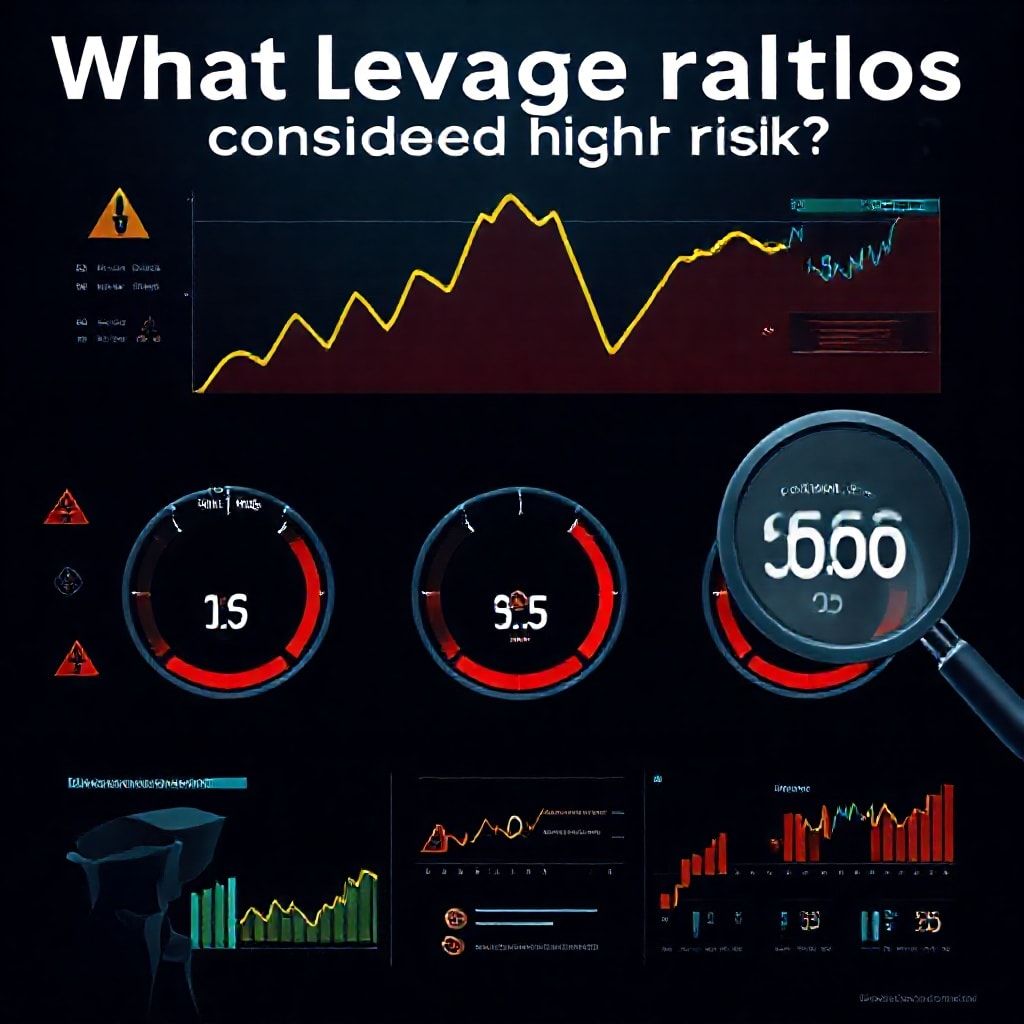What leverage ratios are considered high risk?
What leverage ratios are considered high risk?
Introduction
In today’s multi-asset trading world, leverage can amplify both gains and losses across forex, stock, crypto, indices, options, and commodities. Traders ride fast moves, funding costs, and margin rules, so knowing what counts as “high risk” leverage helps you stay in the game without blowing up your account.

What counts as high-risk leverage?
Leverage is the ratio of position size to your available equity. Ratios that push you toward the edge of your margin can turn a small move into a big loss. In practice, many traders flag leverage above these rough benchmarks as high risk:
- Forex: typical firms offer around 50:1, but some offer 100:1 or more. When you’re north of 50:1, a 1–2% adverse move can wipe out a sizable chunk of equity.
- Indices: leverage in the 20–30:1 range is common; above that, volatility spikes easily erodes margins.
- Crypto: venues often go 10–20:1, with some productized offerings at 50x or higher. Crypto’s wild price swings make such levels especially perilous.
- Stocks (with margin): 2:1 is the usual ceiling for many brokers; higher levels carry automatic maintenance-margin pressures and rapid drawdown risk.
- Options and futures: options and futures can feel ultra-leveraged by design, but the effective leverage varies with contract size, delta, and margin requirements.
- Commodities: leverage here varies by broker and contract; high leverage amplifies commodity spikes or sudden rollover costs.
How to spot when leverage is too aggressive
- Margin pressure and liquidity risk: a small adverse move triggers a margin call or forced liquidation in a hurry.
- Widening funding costs: swap rates, overnight financing, or funding charges squeeze returns when markets move against you.
- Price gaps and slippage: during news or thin liquidity, a position can move past your stop with little warning.
- Cross-asset correlations breaking down: diversified risk can collapse if multiple positions react simultaneously to a market shock.
Asset-specific notes and realities
- FX tends to offer high nominal leverage, but currencies can fade fast on macro shifts; sizing matters more than chasing the hottest rate.
- Stocks feel safer on paper at low leverage, yet quick earnings swings can wipe out a position if you’re overexposed.
- Crypto’s volatility makes even moderate leverage risky; risk controls are non-negotiable.
- Indices and commodities reward disciplined risk budgeting; avoid chasing outsized returns with big leverage in uncertain markets.
- Options bring built-in leverage, but volatility and theta decay can bite quickly if the trade isn’t well timed.
Strategies and reliability tips
- Start with risk per trade around 0.5–2% of your account; scale leverage only after consistent risk discipline.
- Use stop losses, trailing stops, and clear risk-reward targets; never rely on hope or hope-only exits.
- Position size formula: if you’re willing to risk $100 on a trade with a 20-point stop, your size should be 100/20 = 5 units (adjust for asset price and tick value).
- Diversify across assets and avoid letting a single crowded thesis drive all leverage.
- In DeFi and AI-enabled setups, verify protocol audits, liquidity depth, and model backtesting results before allocating leverage.
DeFi, AI, and the road ahead
Decentralized finance pushes toward more accessible margin-like trading via smart contracts, but it also introduces smart-contract risk, oracle failure, and liquidity fragility. AI-driven trading promises smarter risk models, faster backtesting, and adaptive leverage caps, yet it can overfit in volatile regimes without robust validation. The trend is toward smarter analytics, tighter risk controls, and cross-chain tools that let you manage leverage with transparent metrics rather than gut feeling.
Slogans
- Trade lean, stay sharp: leverage with purpose.
- Smart leverage, safer outcomes.
- Power your play with data, not debt.
If you’re venturing into mixed assets, remember: high leverage isn’t about risky potential—it’s about controlled exposure, rigorous risk checks, and a framework you can trust in every market moment.